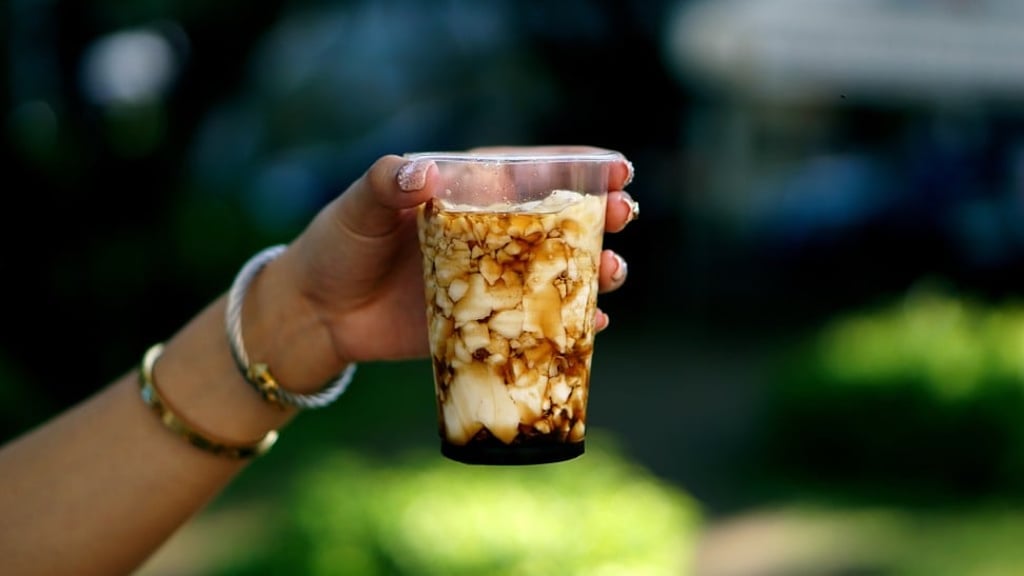Advertisement
Vegan in the Philippines: how plant-based diet is spreading in a country that loves its meat dishes
- Veganism is on the rise thanks to a growing awareness of the health benefits of a plant-based diet and the ease of sharing information on social media
- Plenty of traditional dishes and snacks in the Philippines are vegan to start with, and others can be adapted. In Manila, vegan grocers help popularise the diet
Reading Time:5 minutes
Why you can trust SCMP

When Philippine yoga teacher Nancy Siy founded the Manila Vegans Facebook group in 2014, only 70 people were interested enough to join.
Now the group boasts more than 36,000 members – and it’s a reflection of the growing popularity of the vegan movement in a nation that loves its meat dishes.
Siy, 40, says that although not all the group’s members stick to a strictly plant-based diet, they have a comprehensive understanding of the rationale for living a vegan life.
Advertisement
“Ten years ago, when I first became vegan, it was largely unknown,” Siy says. “Fast-forward to now, veganism has gained popularity. Because of social media, information has become more democratic; things become more shareable, including truths about factory farms, slaughterhouses, climate change and health.”

Advertisement
Strict vegans refuse to eat all meat and animal products – including dairy foods, fish, shellfish, eggs and honey – and avoid animal-derived products and services, including animal entertainment, products made from fur or leather, and anything tested on animals.
Siy says there are now a number of dedicated vegan restaurants in Metro Manila’s Makati City district, such as Greenery Kitchen, Cosmic and Green Bar. A global app called Happycow lists 58 vegan dining options in the Philippine capital region.
Advertisement
Select Voice
Choose your listening speed
Get through articles 2x faster
1.25x
250 WPM
Slow
Average
Fast
1.25x